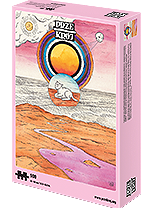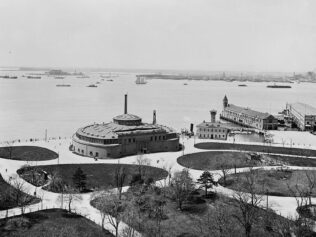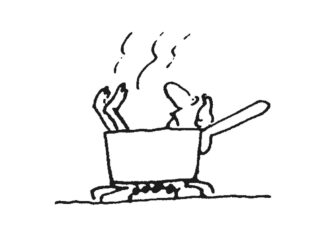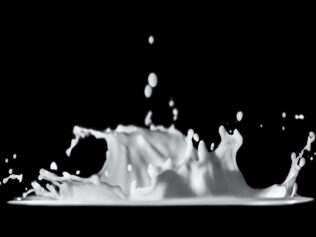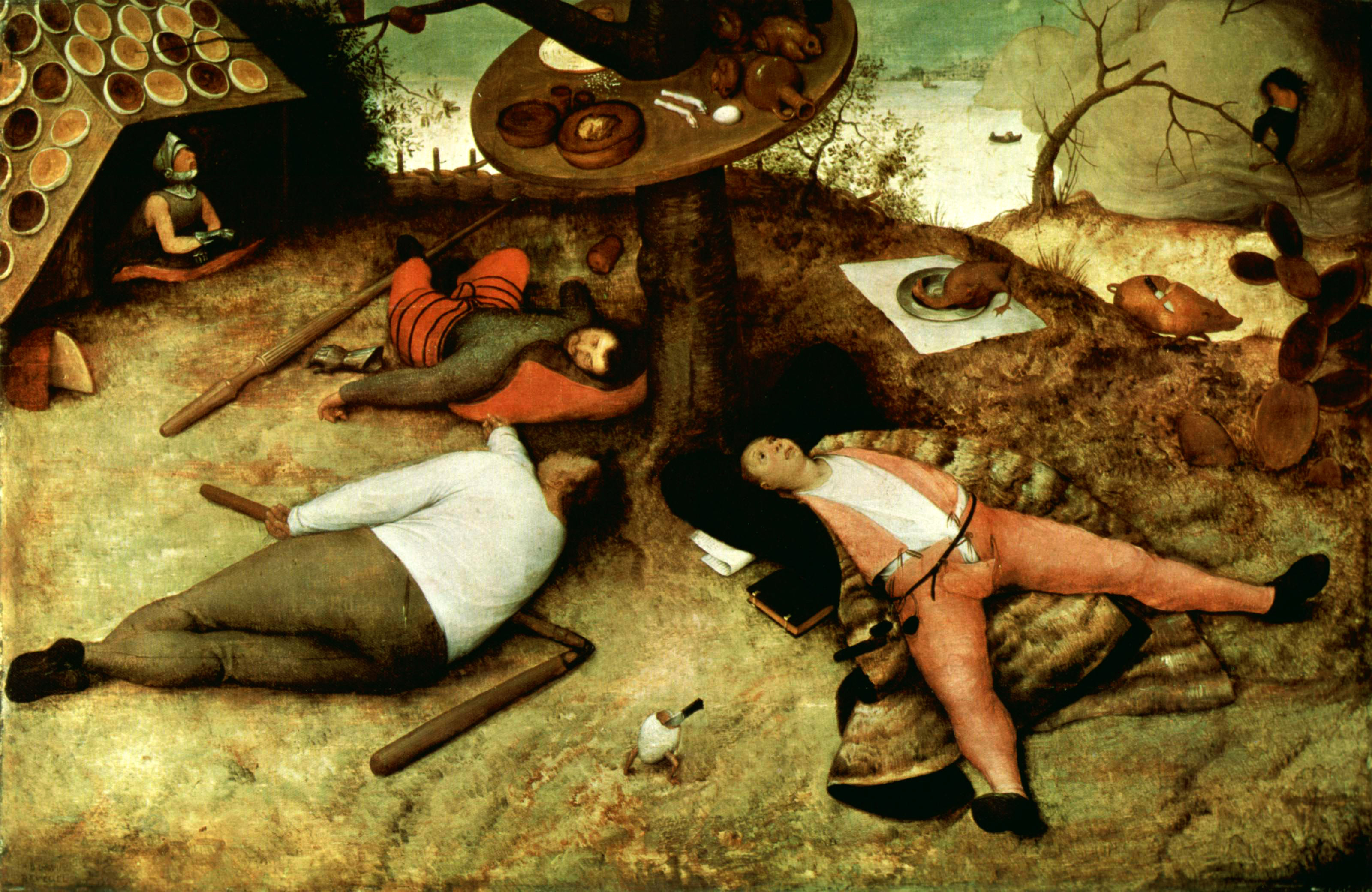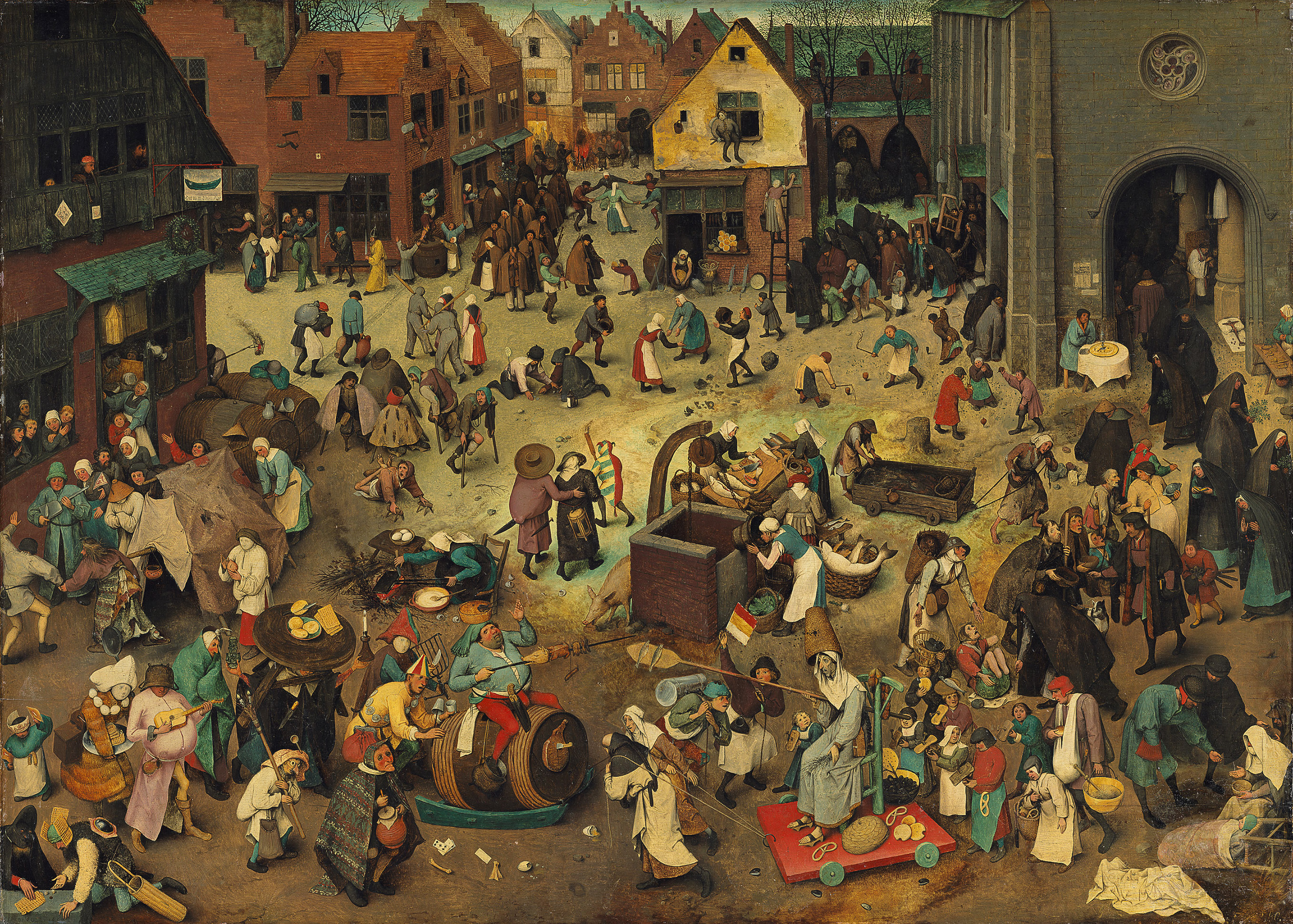
Today, the richest fantasy of Homo sapiens is to experience undisturbed wilderness. Nowhere is it harder to find nature than on our plates; we feed ourselves with the constructs of civilization and chew on our own, tasteless future. Will we manage to sate ourselves with authenticity ever again?
A skilled forager combs the cemeteries of Copenhagen. He is employed by Noma, at one time crowned the best restaurant in the world (currently in 2nd place behind the French restaurant Mirazur). The head chef at Noma creates a new menu every day in order to charge big bucks to serve people the most expensive produce on the market: the authentic taste of nature.
Two centuries after the demise of the Scandinavian practice of foraging, in the form of trips to the forest for blueberries or herbs, the desire to be fed by Mother Earth has returned as a luxury available to the few. Recovering the wisdom and skill of eating locally and seasonally has become a profession for experts. All this is due to the devastation caused by colonization, including colonization of the natural world. Some species were taken to new continents, others have been shut in jars as museum exhibits, where they are symbols of their destroyed communities.
Before the era of looting raids and the industrialization of collecting museum exhibits, the keepers of the secret knowledge about flavours and the health properties of fauna and flora were women; foragers, cooks, witch doctors and herbalists. The Enlightenment stripped them of both their prominence and their access to natural resources. Anything that could not be objectified or measured fell to the bottom of the intellectual hierarchy.

Nourish the soul
Gina Rae La Cerva, a young American geographer and climate anthropologist who explores the last pockets of undisturbed wilderness, has declared war on the established order of knowledge and power. Her brilliant and uncompromising book, Feasting Wild: In Search of the Last Untamed Food connects the perspective of the researcher with a personal tale of her passion for all things wild. It is also a story of how a lack of contact with nature affects us all.
Widely-acclaimed in America, this book starts off somewhat subversively; the author vomits in full view of the head chef of Noma. The refined tastes of urbanized nature were a shock to her exploration-trained stomach. Her global story is accompanied by unrestrained honesty; La Cerva traverses Polish and Swedish forests, the coast of New England, a village market in Congo and caves in Borneo, studying the nature that has survived somewhere on the periphery of our urbanized, processed reality. She is a scientist of keen intellect, but also a girl with a sensitive heart. And this is the way to tell stories these days. It is far more important than the ‘eyes and the lens of the sage’ [a reference to a line by Adam Mickiewicz in his poem “Romanticism”: “Feeling and faith speak more clearly to me than the lenses and eye of the sage” – trans. note].
Gina grew up in New Mexico, running barefoot through the hills and forests, but her grandmother, Estera, was born in a shtetl not far from Białowieża in eastern Poland. As a teenage girl she sailed to New York and, even after decades spent in Brooklyn, continued on walks in search of sorrel, for making soup. The taste of the sorrel soup took her back to her Polish home and fed her soul. In an intimate and universal dimension, the granddaughter tries to recreate the path her grandmother took, now overgrown by so-called progress. She delves deep into the thickets of history to fish out priceless, or rather inestimable treasures.
Putting a price on wilderness
But the present day makes it extremely difficult to be natural, and wilderness is only allowed to survive in nature reserves, protected by law and procedures, or in snobbish, expensive niches for a chosen few. La Cerva belongs to a generation of scientists who have had only rudimentary access to nature as a subject of science. In order to see a bison in the last primaeval forest in Europe, she has to eat lunch with Polish hunters who ply her with wild boar ribs in cranberry sauce and, over pudding, spout sexist comments. You can get to see a bison, but it is a specimen from a population recreated by scientists and presented by a qualified guide. It is hard to call this a wild encounter.
In the caves of Borneo, the geographer looks in vain for edible nests built from the saliva and feathers of an endemic species of bird. Since the 14th century, the Chinese have regarded this as a delicacy, preparing them by stewing the nests slowly in porcelain bowls with a dash of ginger. These were among the highest class of rarities, alongside rhinoceros tail and bear claws. Today, there is still a widespread belief that eating such delicacies smooths the skin, prevents ageing, cures insomnia and heightens the libido. Nests from Borneo are the most expensive foodstuff on the planet; the trade in them is worth $5 billion annually. Prices are still rising because the logging of forests in Borneo is leading to the demise of billions of insects that these birds feed off. A doomsday transaction: the more we tighten the noose around Mother Nature’s neck, the more we value her last remaining products.
Factography (a Soviet concept that emerged in the 1920s in order to create a body of collective, communist mythology) is insufficient to understand what we are doing to ourselves and to the world. La Cerva tries to track down these intangible losses – blurred memory and spiritual poverty. You can see them clearly on our plates. In Congo, in between visits to the primaeval forest and discussions with traders from market stalls piled high with illegally hunted game, the author searches for answers to the question about the damage caused by the severing of our once close ties to nature.
Hunting monkeys or pangolins was once a way for poor people to stave off starvation. Today, the taste and smell of such meat grilling over a fire during festivals is a kind of prayer; a ritual that connects them to their ancestors. It harks back to the memories of a barefoot life in mud huts, with everything that no longer exists in places like Kinshasa; non-rural spaces, which are a long way from the idea of the city. It is increasingly hard to get hold of wild meat. The Congolese government keeps a close eye on poachers and bribes are ceasing to work. The reason is cynical: a live wild animal is the most profitable resource in Africa; tourists pay more to marvel at bonobos than the local elite, which just likes to eat them.
A lament and an act of faith
La Cerva sees the eating of wild animals as an act of nostalgia for natural abundance and the material wealth of the past. It is “as if we want to experience once again a time when to be human meant something different than it does today, but with opportunity to return to the comforts of domestic civilisation whenever we want,” she writes. She believes that in excluding wild plants and meat from our diets, we have also lost something nameless.
The current extinction of species is happening en masse and so fast that we are losing our fellow species before we have even managed to identify them. We don’t know the scale of the losses and we are living through a spiritual crisis and solitude of dimensions and complexities that are impossible for scientists to diagnose. La Cerva describes it as follows: “[…] to be without the ecstasy of the wild is to face a bland future.” It is difficult to describe what is really happening from looking at the manicured landscape of our planet. Are we experiencing post-nature, or are we trying to recultivate wildness? Recultivate, and thus recreate our image of it? Homo sapiens has always converted the world made of things into a landscape of objects. For a long time now, wild nature has been nothing more than a reflection of ourselves; it is merely a distorted reflection of our own domestication.
Reading La Cerva is at once a lament and an act of faith. An ambiguous and perversely optimistic picture emerges from the scientist’s collection of observations and adventures. Wildernesses thrive where eyes cannot see them. One of the landscapes freely devoured by nature that features in the book is the abandoned Winchester arms factory in Connecticut. Its products helped wipe out American birdlife, starting with the totemic wild turkey. But now, this construction is drowning in greenery, forgotten by people. As the Polish proverb says: “We won’t be here, the forest will.”
Translated from the Polish by Annie Jaroszewicz

